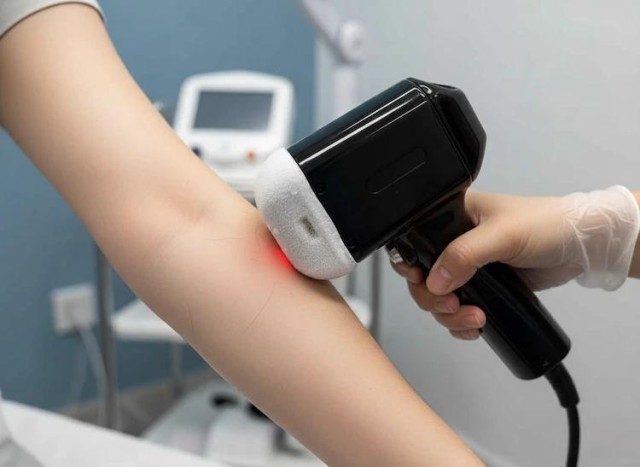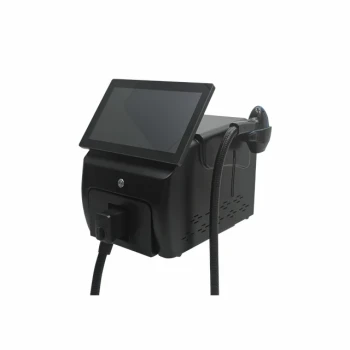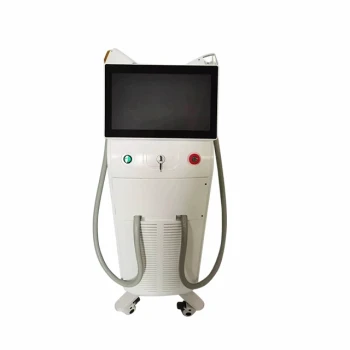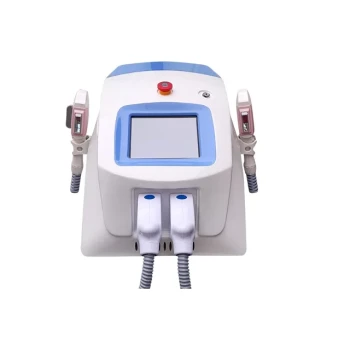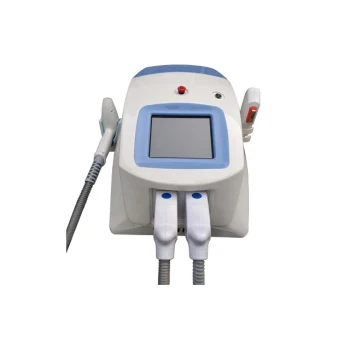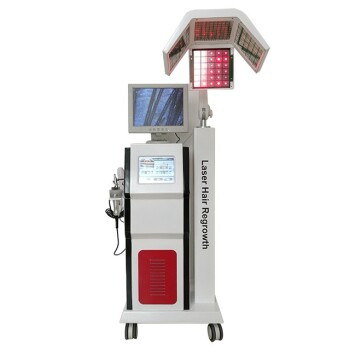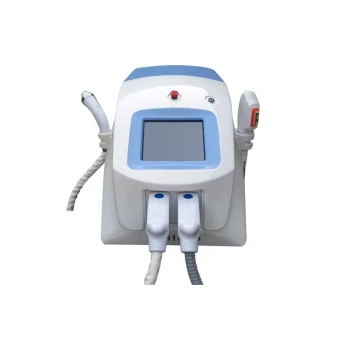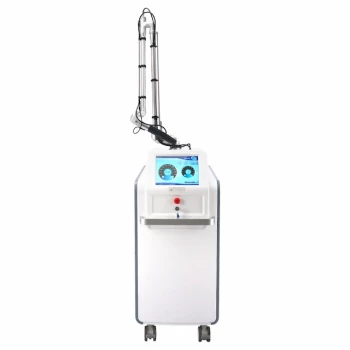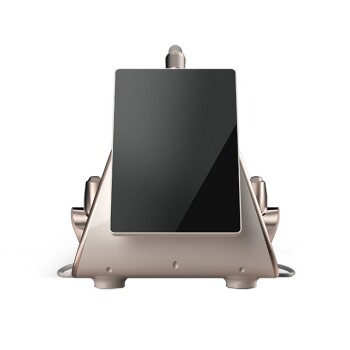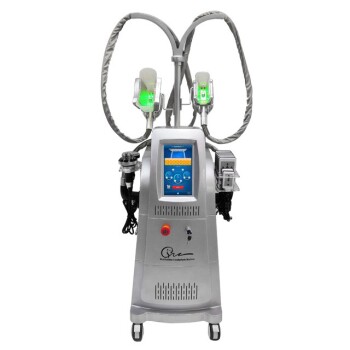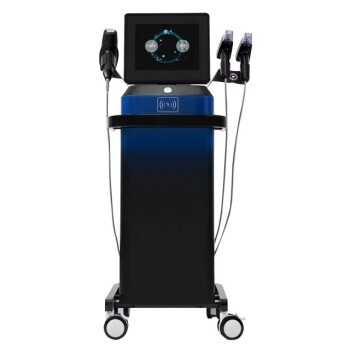Introduction
Considering Trilaser hair removal but unsure about safety or long-term results? This guide breaks down the critical pre-treatment, medical, and post-care protocols that determine your outcomes. Backed by dermatological research and clinical data, we’ll explain how to minimize risks (like hyperpigmentation or burns) while maximizing efficacy—especially for Fitzpatrick skin types IV–VI. Whether you’re a clinic owner evaluating Belis equipment or an end-user, these actionable insights ensure informed decisions.
Pre-Treatment Essentials
Why Sun Exposure and Tanning Must Be Avoided
Conclusion first: Even minor tanning increases blistering and pigment changes. Here’s why:
- Melanin’s double role: Laser targets hair melanin, but tanned skin has more epidermal melanin, absorbing excess heat meant for follicles. This raises burn risks by 30% for Fitzpatrick IV+ skin (clinical data).
- Wait times matter: Stop UV exposure (natural/artificial) 4 weeks pre-treatment.
Interactive question: Ever wondered why some clients see patchy results? Often, it’s undetected tanning from daily sun exposure.
The Science Behind Preserving Hair Follicles
Optimal results require intact follicles during treatment:
- Avoid plucking/waxing: These remove follicles, leaving nothing for lasers to target.
- Shave strategically: Shave 24 hours prior to leave follicles undamaged but reduce surface hair (which can singe and irritate skin).
Visual metaphor: Think of follicles as “bullseyes”—shaving trims the outer ring but keeps the target visible.
Skin Prep: Beyond Shaving
- Exfoliate gently: Use glycolic acid 3 days pre-treatment to remove dead skin (improves laser penetration).
- Skip moisturizers/oils: These create barriers that scatter laser energy.
Medical Considerations
How Medications Impact Treatment Efficacy
Key drugs to disclose:
- Photosensitizers (e.g., antibiotics like doxycycline): Increase light sensitivity, raising burn risks.
- Anticoagulants (e.g., aspirin): May exacerbate post-treatment bruising.
Pro tip: Belis devices include safety protocols for clients on medications—always cross-check with prescribers.
Common Conditions That Require Specialist Consultation
- Active herpes simplex: Lasers can trigger outbreaks; antiviral prophylaxis may be needed.
- PCOS or hormonal imbalances: These cause vellus-to-terminal hair conversion, requiring adjusted treatment intervals.
Human impact: A 2022 study showed 68% of PCOS patients needed combined hormonal therapy + laser for lasting results.
Post-Treatment Care
Immediate Aftercare to Reduce Irritation
- Cooling first: Apply ice packs (not direct ice) to soothe redness/swelling.
- Hydrate smartly: Use fragrance-free aloe vera or ceramide creams—avoid occlusives like petroleum jelly for 48 hours.
Why it works: Aloe’s polysaccharides reduce inflammation by 40% compared to plain moisturizers (reference).
Long-Term Practices for Sustained Results
- Sun protection is non-negotiable: SPF 50+ prevents post-inflammatory hyperpigmentation.
- Schedule touch-ups: For Fitzpatrick V–VI, 8–10 sessions at 6-week intervals yield 80% reduction (Belis clinical trials).
Actionable summary:
- Prep skin and follicles.
- Disclose all medical conditions.
- Protect treated areas like “freshly resurfaced canvas.”
Conclusion
Trilaser hair removal balances efficacy and safety through science-driven protocols. For clinics using Belis systems, these guidelines optimize client outcomes while minimizing liability. End-users: partner with providers who follow these standards—ask about their pre-/post-care routines.
CTA: Explore Belis’s FDA-cleared Trilaser systems with built-in skin-type sensors here (link to product page).
Products You Might Be Looking For:
Explore advanced hair removal devices
Visual Guide

Related Products
- Trilaser Diode Hair Removal Machine for Beauty Clinic Use
- Diode Tri Laser Hair Removal Machine for Clinic Use
- Clinic Diode Laser Hair Removal Machine with SHR and Trilaser Technology
- Diode Laser SHR Trilaser Hair Removal Machine for Clinic Use
- IPL SHR Hair Removal Machine for Permanent Hair Removal
Related Articles
- How IPL Treats Multiple Body Areas Safely: A Dermatologist-Approved Guide
- Multilaser vs. Alexandrite Hair Removal: Which Offers Better Safety, Comfort & Skin Benefits?
- Trilaser Hair Removal: Why It Works Better for All Skin Tones
- How Alexandrite Lasers Revolutionize Trilaser Hair Removal for Fine Hair & Large Areas
- Trilaser Hair Removal: How Three Wavelengths Deliver Superior Results for All Skin Types
